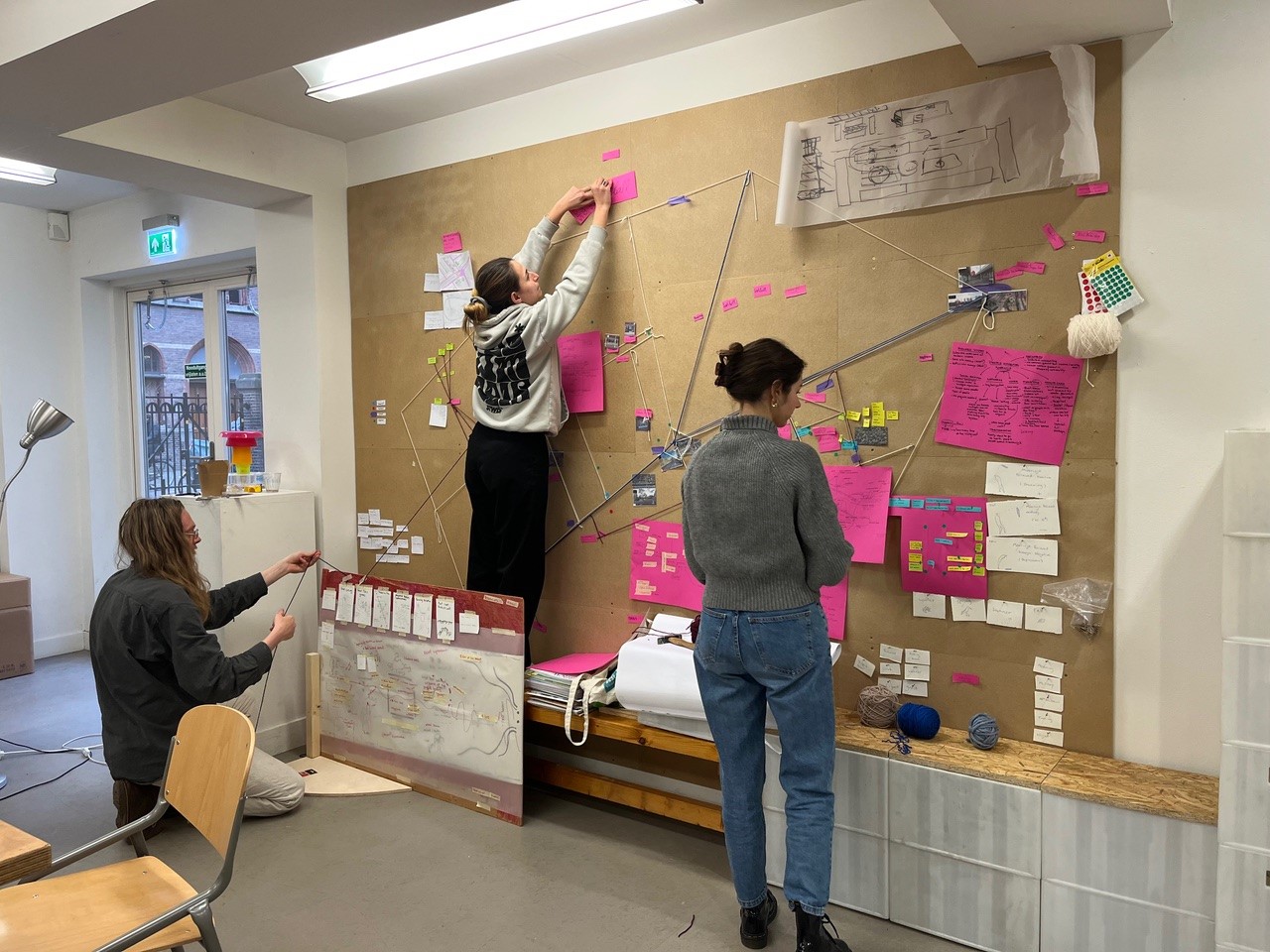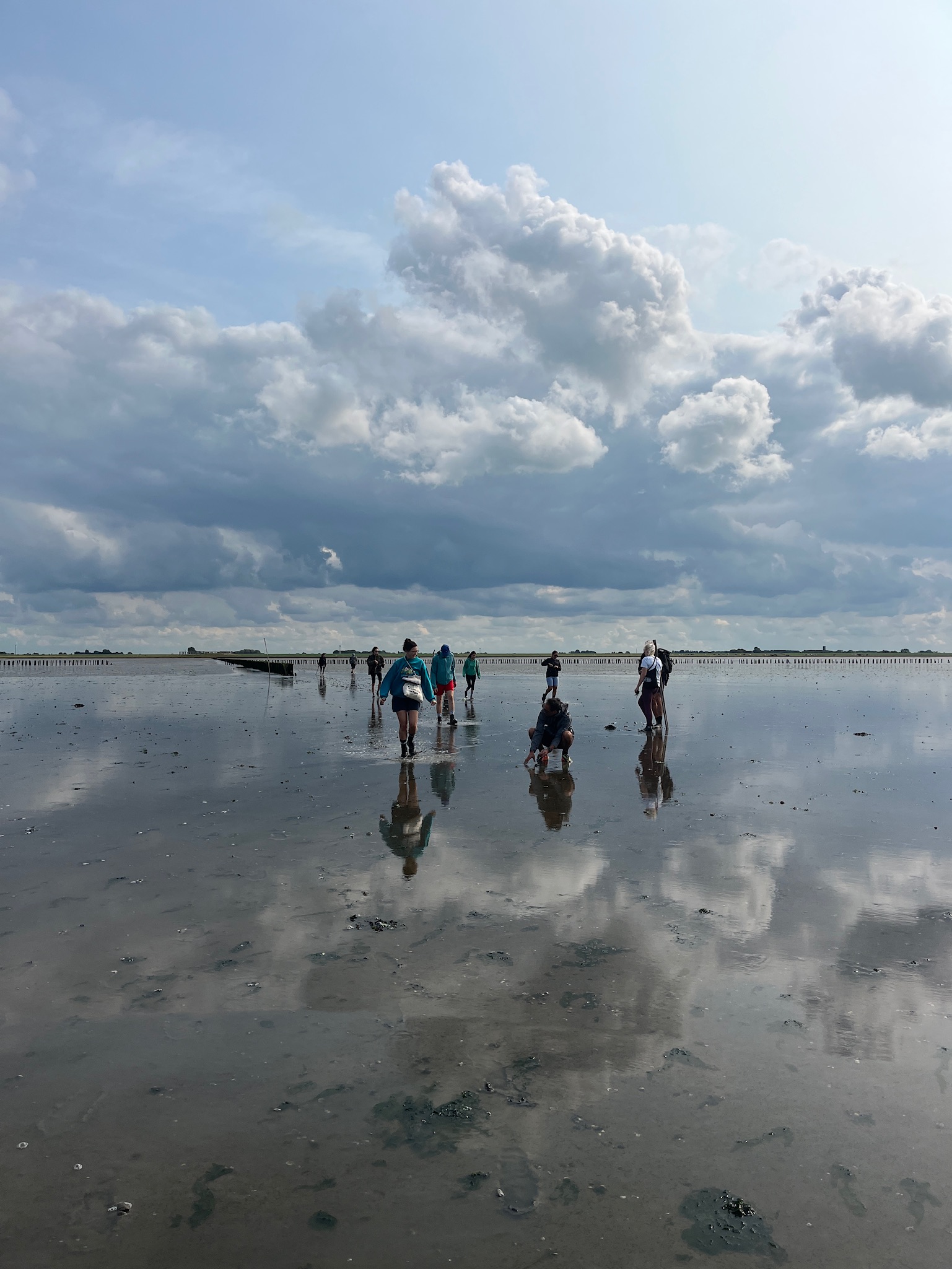
The Master of Interior Architecture at the Royal Academy of Art, The Hague offers a two-year professional education that strives to explore the field of spatial design in its broadest sense by reimagining the role of the practicing designer with concerns about a society in transition.

The progamme is entitled INSIDE as a metaphor for the broader position we envision for the professional practice of the interior architect. Slowly but surely this role is expanding beyond the physical interior and proves to be relevant in the most diverse places where people live, meet and where communities emerge. Whether those spaces are actually interiors or even purely physical, is of much less importance than how future designers contribute as mediators of spatial inclusion towards a more socially-just society.

We strive for an inspiring and mutual learning environment for people who wish to explore the world of spatial design both from the perspective of the designer and the user. This learning environment is not only a setting to learn in, but also to learn from. Students not only learn from the future users, their tutors, but also from each other, and vice versa; tutors also pick up lessons from the future generation.
The programme has both linear and non-linear characteristics; not as a route from A to B but as a varied landscape with undefined paths. A landscape that is formed in the first year by an underlying structure of studios representing various spatial design cultures with thematic assignments. In the graduation year the students choose their own topics for their final project and, above all, assembling the composition of their educational programme.

A questioning and investigating attitude is an integral part of the curriculum and is expressed in reflections in presentations, interpreting and writing throughout the two-years. Within these research and design processes various phenomena are explored in depth in four parallel programmes: Flows, Theory, Skills and Travel.
The Flows programme contains several studies in which students participate in a research track involving commons to be detected and valued like materials, energy, food and resources. By mapping their dynamic relationships students are capable to maneuver and dismantle the numerous sources as a design strategy and tool for a continuous and circular cycle of creation.
Central to the programme is to unfold a variety of positions and alternative practices and to strengthen the students’ skills as resilient visual makers and thinkers. By enabling the students to position themselves in this broad landscape and to identify their own fascinations and values, they can reason on the impact they pursue on the built environment.
The fact that the programme is offered in the context of an art academy has an undeniable influence on the structure of the curriculum. This artistic rather than polytechnical context contributes to emphasize on enhancing the students’ personal and artistic abilities and to encourage them to think openly.
The rise of a new generation combating market-oriented logics and advocating the underlying (non)human, social and cultural phenomena in a world more diverse than ever before, is strongly needed.
